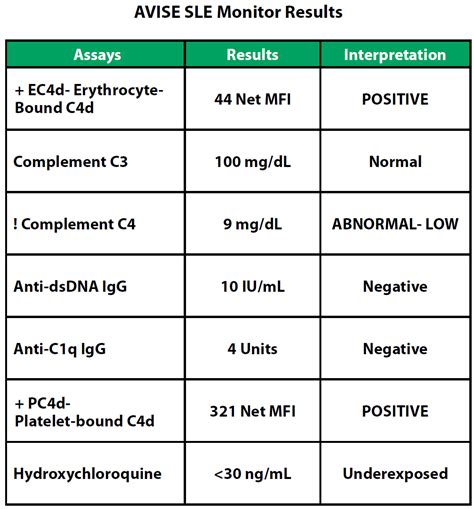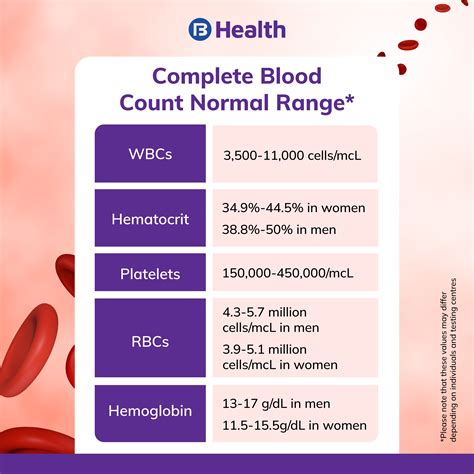Intro
Diagnose lupus with 5 crucial tests, including blood work and imaging. Learn about lupus symptoms, diagnosis, and treatment options, and understand systemic lupus erythematosus, autoimmune diseases, and rheumatology.
Lupus is a chronic autoimmune disease that can affect various parts of the body, including the skin, joints, kidneys, and other organs. It is characterized by periods of flares and remission, with symptoms ranging from mild to severe. Diagnosing lupus can be challenging, as its symptoms are often similar to those of other diseases. Therefore, a combination of medical history, physical examination, and laboratory tests is used to diagnose lupus. Here are five tests that are commonly used to diagnose lupus.
The diagnosis of lupus involves a comprehensive approach, including clinical evaluation, laboratory tests, and imaging studies. A thorough medical history and physical examination are essential to identify the symptoms and signs of lupus. Laboratory tests play a crucial role in confirming the diagnosis and monitoring the disease activity. The most commonly used laboratory tests for lupus include complete blood count, erythrocyte sedimentation rate, C-reactive protein, anti-nuclear antibody, and anti-dsDNA antibody tests.
Introduction to Lupus Tests

Complete Blood Count (CBC) Test

How CBC Test Works
The CBC test works by measuring the levels of different blood cells in the blood. A blood sample is taken from a vein, and the levels of red blood cells, white blood cells, and platelets are measured using a machine. The results are then compared to normal values to determine if there are any abnormalities. In people with lupus, the CBC test may show a low red blood cell count, low white blood cell count, or low platelet count.Erythrocyte Sedimentation Rate (ESR) Test

How ESR Test Works
The ESR test works by measuring the rate at which red blood cells settle to the bottom of a tube. A blood sample is taken from a vein, and the red blood cells are allowed to settle to the bottom of a tube. The rate at which the red blood cells settle is then measured, and the results are compared to normal values. In people with lupus, the ESR test may show an elevated rate, indicating the presence of inflammation.C-Reactive Protein (CRP) Test

How CRP Test Works
The CRP test works by measuring the levels of CRP in the blood. A blood sample is taken from a vein, and the levels of CRP are measured using a machine. The results are then compared to normal values to determine if there are any abnormalities. In people with lupus, the CRP test may show elevated levels, indicating the presence of inflammation.Anti-Nuclear Antibody (ANA) Test

How ANA Test Works
The ANA test works by measuring the presence of autoantibodies against the cell nucleus. A blood sample is taken from a vein, and the presence of autoantibodies is measured using a machine. The results are then compared to normal values to determine if there are any abnormalities. In people with lupus, the ANA test may show positive results, indicating the presence of autoantibodies.Anti-dsDNA Antibody Test

How Anti-dsDNA Antibody Test Works
The anti-dsDNA antibody test works by measuring the presence of autoantibodies against double-stranded DNA. A blood sample is taken from a vein, and the presence of autoantibodies is measured using a machine. The results are then compared to normal values to determine if there are any abnormalities. In people with lupus, the anti-dsDNA antibody test may show positive results, indicating the presence of autoantibodies.What are the symptoms of lupus?
+The symptoms of lupus can vary from person to person, but common symptoms include joint pain, skin rashes, fever, and fatigue.
How is lupus diagnosed?
+Lupus is diagnosed using a combination of medical history, physical examination, and laboratory tests, including complete blood count, erythrocyte sedimentation rate, C-reactive protein, anti-nuclear antibody, and anti-dsDNA antibody tests.
What are the treatment options for lupus?
+The treatment options for lupus depend on the severity of the disease and the organs affected. Common treatment options include nonsteroidal anti-inflammatory drugs, corticosteroids, immunosuppressants, and biologics.
In conclusion, diagnosing lupus requires a comprehensive approach, including clinical evaluation, laboratory tests, and imaging studies. The five tests mentioned above - complete blood count, erythrocyte sedimentation rate, C-reactive protein, anti-nuclear antibody, and anti-dsDNA antibody tests - are commonly used to diagnose and monitor lupus. If you suspect that you or a loved one may have lupus, it is essential to consult a healthcare professional for proper diagnosis and treatment. We encourage you to share this article with others who may be interested in learning more about lupus and its diagnosis. Additionally, we invite you to comment below with any questions or concerns you may have about lupus or its treatment options.
